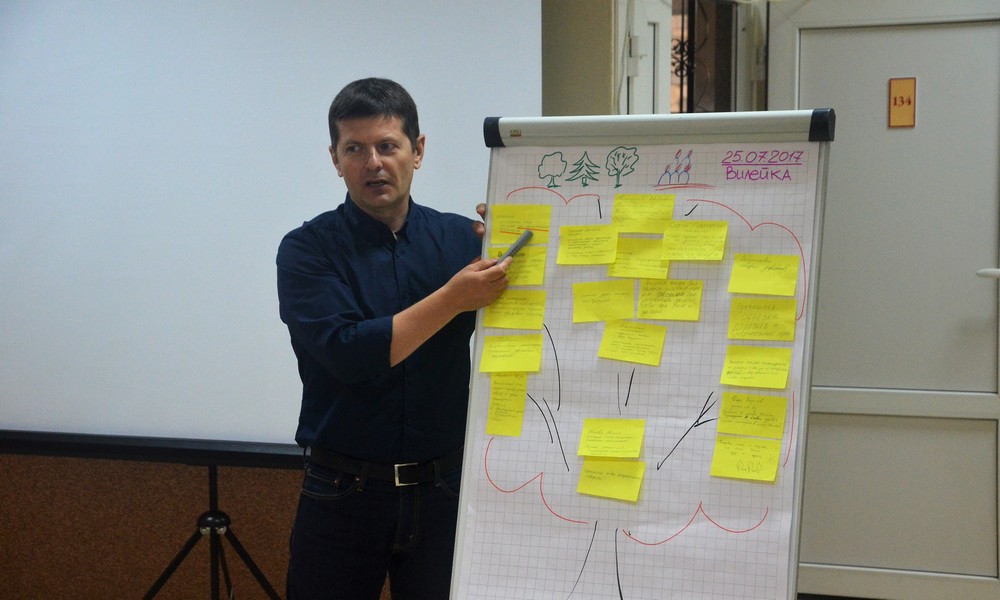How to properly and economically reorganize the urban space with plants? How effective was the green roof created in Marjina Horka? What measures to improve urban infrastructure can be implemented in the near future in Viliejka? That questions were discussed at the training "Green Areas of Cities: New Approaches and Public Participation". The event was held on July 25 in Viliejka and gathered representatives of local authorities, housing and communal services, public organizations and active citizens.
Polina Vardevanyan, Senior Lecturer of the Department of Urban Construction of the Architecture Department of BNTU, spoke about the basics of green urban planning. She outlined the main problems that the Belarusian cities face. Among them, excessive asphalting, cultivation of plants alien to the Belarusian terrain, as well as discrepancy with the legislative base.
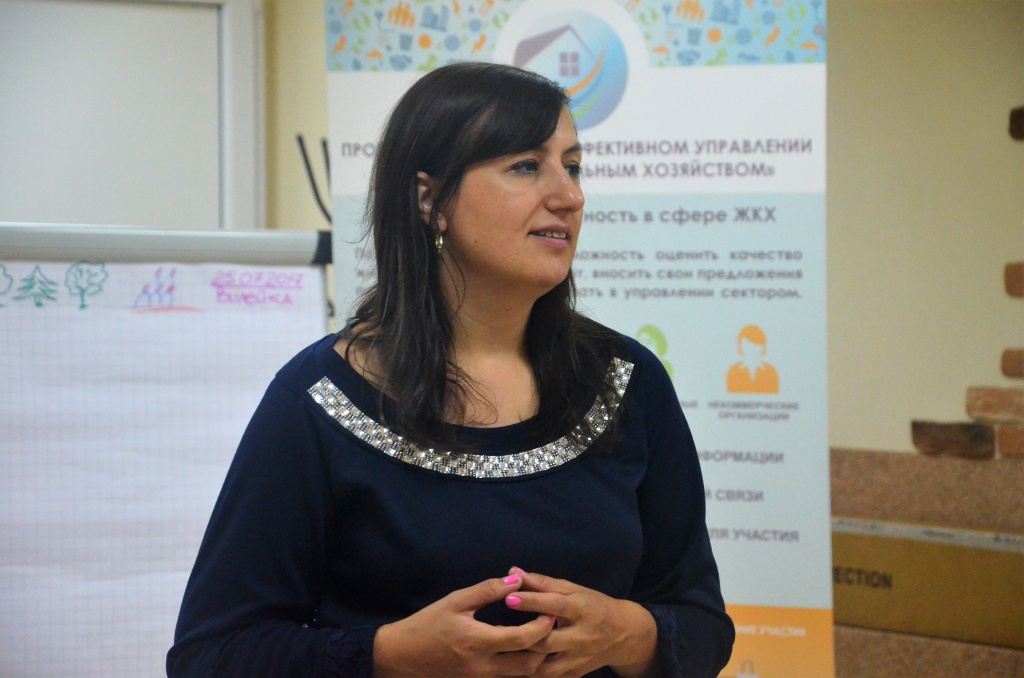
In her presentation, she cited data on how many meters of green plantations a person should have, for example, in residential buildings, regulatory documents provide for 10-11 sq.m. of green plantations.
- It is clear that the money for gardening is not enough for anyone, but we just need to change the scale of ambitions. For example, it is expedient and compact to build a city and organize its space, allow the population to participate in landscaping by their own means, even through crowdfunding (note: fundraising through collective financing), noted Polina Vardevanyan.
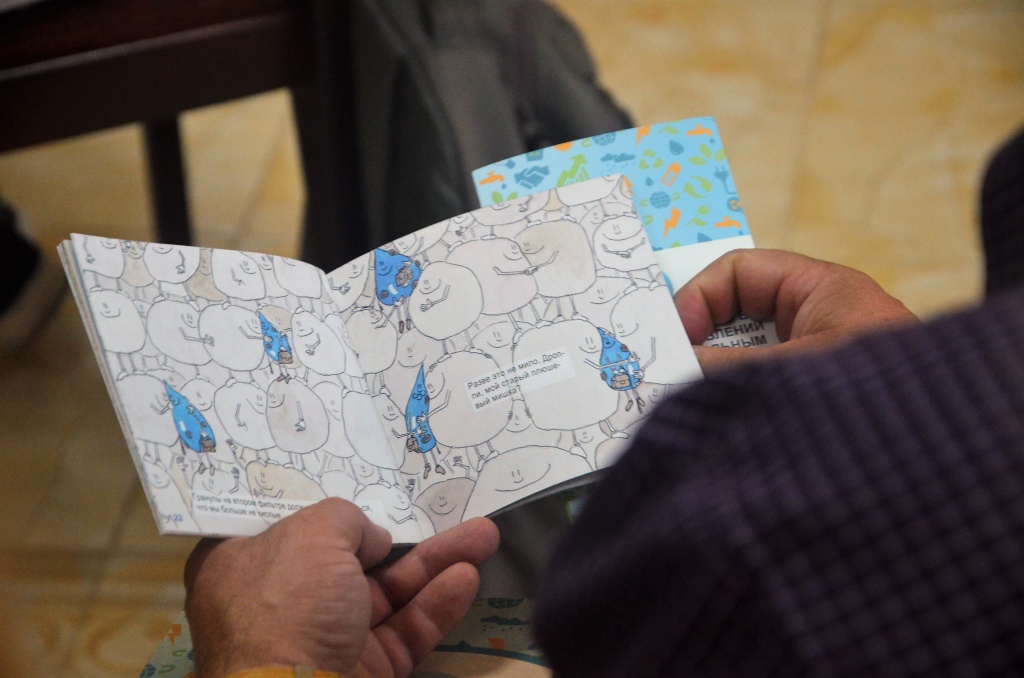
Landscape designer Igor Kutalovsky in his speech suggested several solutions for problematic issues on greening cities:
- In order to "color" the city, much is not necessary. Just planting dense massifs of native Belarusian unpretentious herbs (forest geraniums, clover, bindweed, mouse peas, grasses with heathers, chamomile, quail grass, etc.), bushes and climbing plants (such as hydrangea, clematis, lilac) and trees (linden, oak, willow), - the designer gave recommendations.
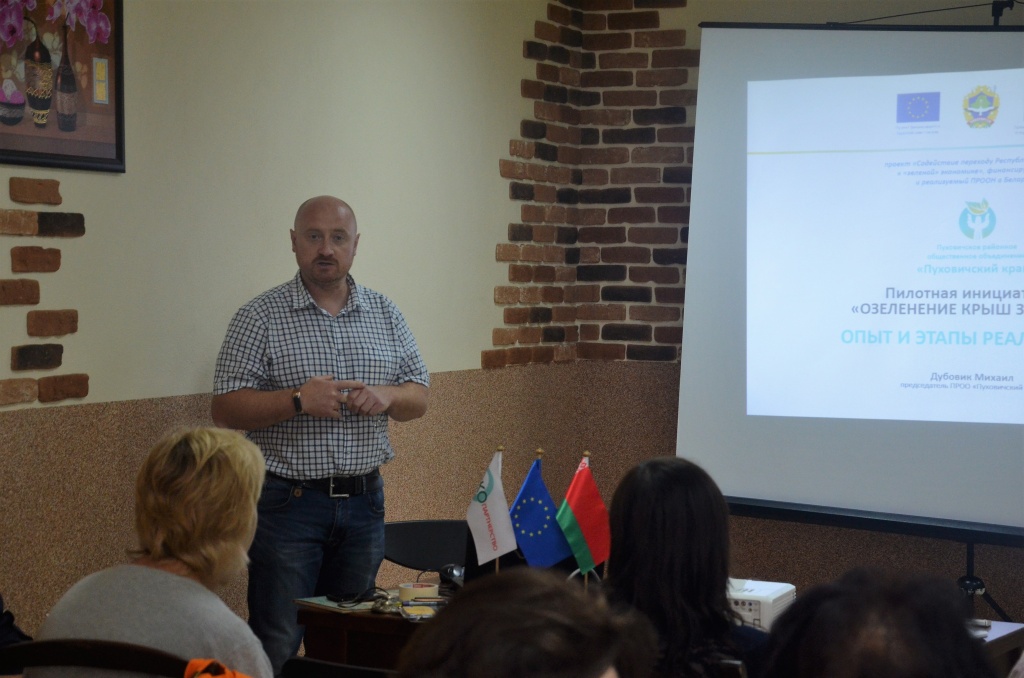
During the training the participants got acquainted with various public initiatives that help improve the appearance of cities and improve the living conditions in them. For example, the initiative "City Forester" is aimed at creating a list of significant natural objects (trees, boulders, springs, etc.), which contributes to the creation of eco-routes and the development of Belarusian tourism. On the website of the campaign you can view and download the brochure with the already prepared eco-adventure in Minsk.
During the training, Mikhail Dubovik, the chairman of the Puhovichi district, told about the creation of a green roof in the Gymnasium of Marjina Horka, which now pleases pupils and teachers, and also plays an important role in adapting the city to climate change.
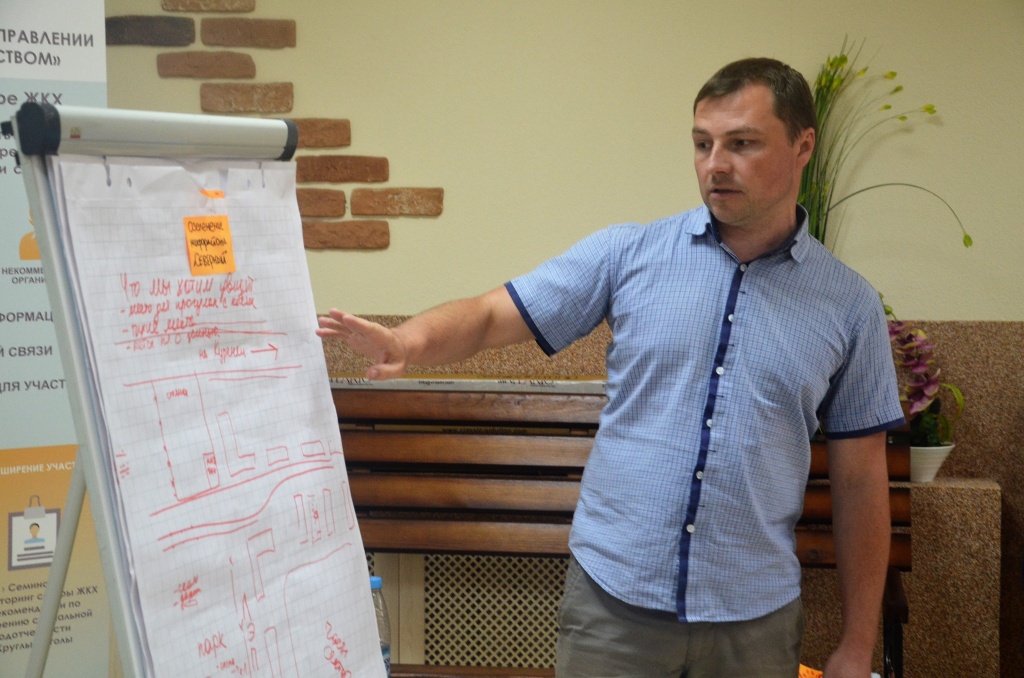
One of the public campaigns "Let's make Minsk green again" is aimed at the return of greenery to the station square. The representative of the initiative, Oleg Larichev, said that a petition had already been created, a fundraising campaign had begun and work was also under way to create thematic cartoons.
Participants of the training were able to work in groups on such topics as "Preservation of trees", "Green Viliejka route" and "Landscaping of the Severny microdistrict". As a result of group work, plans for implementing ideas for pilot initiatives in Viliejka were prepared.
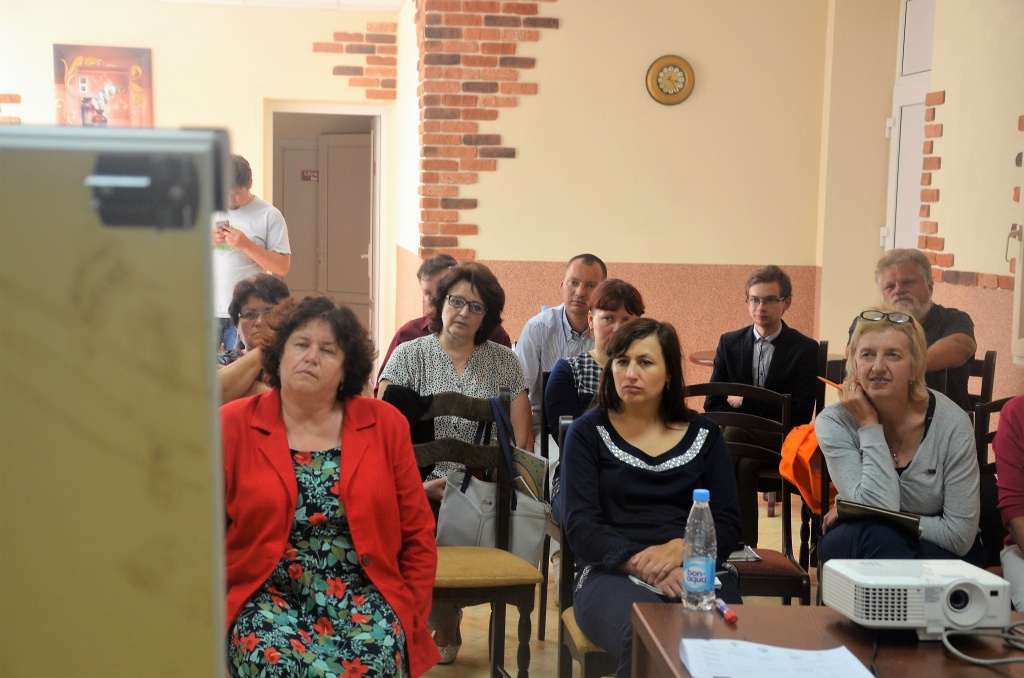
The event was supported by the project of the European Union "Demand for Good Governance in Housing and Utility Sector", which is implemented by IPO "Ecopartnership", BSCP, Iūie and Viliejka districts executive committees.

